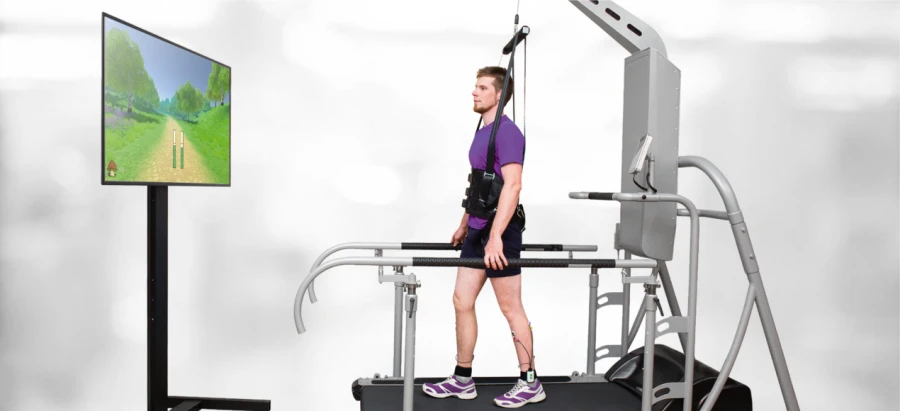 Available for Import
Available for Import
System for diagnostics of motor pathology and rehabilitation treatment by biofeedback method "Stadis" (II.
Manufacturer:
Price:
Request Quote
Bulk pricing available
FOB, CIF & EXW terms available
Key Highlights
- Made in Russia - engineered for durability
- Suitable for challenging environments
- Lower cost of ownership than European alternatives
- Bulk orders available with volume discounts
- Documentation and customs clearance assistance provided
Description
The specialised biofeedback simulator "Stadis" allows assessment of walking parameters and rehabilitation based on the results of the examination. The Stadis simulator uses Neurosens biometric sensors to record walking parameters. These miniature devices are mounted on the patient's shins (and/or back) and record rotational velocities and accelerations in three axes, as well as electromyograms in two channels. Up to 20 walking parameters can be recorded in total. The sensors are wireless, battery-powered and transmit data to the software via Wi-Fi. They are not affected by nearby metal structures. The Gait Analysis Lab is a professional system for objective assessment of walking function. It analyses walking function in more than 25 different parameters, including joint angles. Up to 12 inertial sensors can be used simultaneously.
Specifications
Appointment of the device
1) analysis of biomechanical/neuromuscular function of walking, postural studies and joint mobility using specialised equipment; 2) neuromuscular rehabilitation therapy of different anatomical areas based on mutual
Method of motion registration
Biometric sensors
Automatic calculation of walking time parameters, walking phases, spatial parameters of walking, kinematic parameters of walking
availability
Video recording of evaluation procedures
availability
Automatic generation of evaluation and training protocol
availability
Saving completed assessments and drills, as well as their protocols in the database
availability
Ability to change the list of calculation parameters for biomechanical/neuromuscular function and postural function analyses
availability
Ability to view previously completed assessments/exercises of walking function, balance and body balance, coordination, and d
availability
Ability to create custom protocol templates for assessment and training of walking, balance and t-balance function
availability
Built-in protocol template editor
availability
Ability to edit evaluation and training protocols
availability
Ability to include graphs, figures and tables in the protocols
availability
Availability of a consolidated protocol to track the dynamics of rehabilitation
availability
Base of medical norms on basic parameters of walking (phases of walking, temporal parameters, spatial parameters, kinematics)
availability
Monitoring the condition of equipment during evaluations and drills
availability
Types of registration channels
accelerometric, gyroscopic, electromyographic
Sensor weight
Not more than 40 (± 4) g
Dimensions of the sensor
Not more than 60×40×17 (± 2) mm
Wireless communication with PC
availability
communication range
Not less than 10 metres in line of sight
Maximum number of sensors simultaneously linked to one PC
Not less than 12 pcs.
Sensor synchronization accuracy
max. 0.005 s discrepancy
Quantization frequency
at least 200 Hz
Input range of measured accelerations in each of the three axes
At least ±16g
Permissible error of acceleration measurement in each of the three axes
not more than ±(0.04 g + 5% of the measured value)
Input range of angular velocities in each of the three axes
Not less than ± 2000 deg/sec.
Permissible error of angular velocity measurement in each of the three axes
not more than ±(0.5 deg/s + 2% of measured value)
Total number of differential channels per 1 sensor
At least 2
Quantization frequency
at least 2 kHz
In-phase noise reduction (CMRR)
At least 100 dB
Lower bandwidth limit at level (-3 ± 0.5) dB in EMG measurement mode
max. 5 Hz
Upper limit of the bandwidth at the level of (-3 ± 0.5) dB in the EMG measurement mode
at least 500 Hz
Natural noise level in EMG measurement mode
Not more than 2 µV RMS
Input differential resistance
At least 100 megohms
EMG signal input range
max. 0.07 µV - 20 mV
EMG signal measurement error in the input range from 0.07 µV to 20 mV and at the bandwidth from 5 to 500 Hz
not more than ±(7 ?V + 5% of the measured value)
Suppression of mains interference by a switchable tap selector filter
At least 40 dB
Function for determining the sub-electrode impedance
availability
Note: All specifications are provided by the manufacturer and may be subject to change. Please contact us to confirm the latest specifications before placing your order.
Share your requirements for a quick response!
Instant response in 15 minutes
Best wholesale prices guaranteed
Direct from manufacturer
Delivery & Payment
Shipping Terms
Delivery Time
Sea freight: 30-60 days (depending on destination)
Air freight: 14-21 days (for urgent orders)
Payment Methods
Similar Products You May Be Interested In
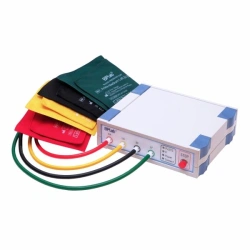
System for volumetric sphygmography "BPLab Angio"
View Details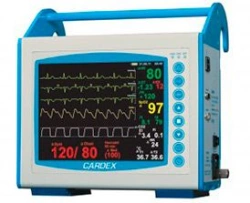
Anaesthesiological and resuscitation monitor for control of a number of physiological parameters "MAR-02-CARDEX" MT version
View Details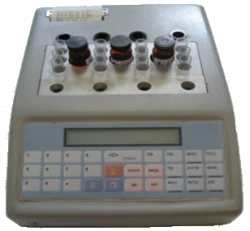
Optical blood analyser ASK-4 Branch of JSC "ORKK" - "NII KP" Russia
View Details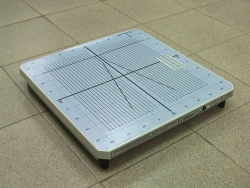
Computerised Stabiloanalyser with biofeedback "Stabilan-01-2" (version-02)
View Details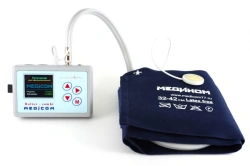
Complex of daily ECG and BP monitoring "Medikom-kombi" according to TU 9442-001-86580521-2014 with registrar MD-01M without poss
View Details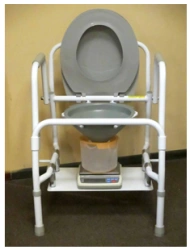
Uroflowmeter "UFM-01 Yarovit"
View Details
Fetal monitor: automated cardiotocograph "Unikos-02" with accessories portable
View Details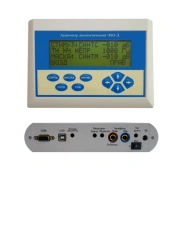
ECHO AUDIOMETER. Audiometer diagnostic ECHO- D01
View Details
Poly-Spectr-SM ambulatory electrocardiographic system
View Details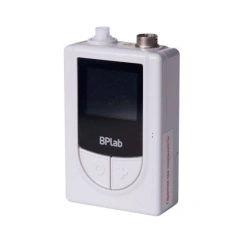
Registrars for daily ECG and BP monitoring "BiPilab Combi"
View Details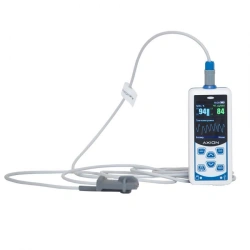
Pulse oximeter portable "PP-01 with accessories"
View Details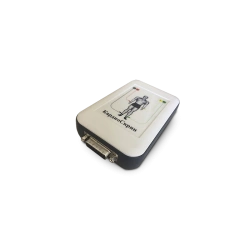
System for screening express-evaluation of heart condition "CardioScreen" according to TU TNShV.941311.003TU without portable PC
View DetailsVerified Suppliers
All products are sourced directly from authorized Russian manufacturers
Quality Assurance
Products meet international quality standards with proper certification
Global Shipping
Reliable logistics solutions to deliver products to your location
Secure Payments
Multiple secure payment options to facilitate international transactions